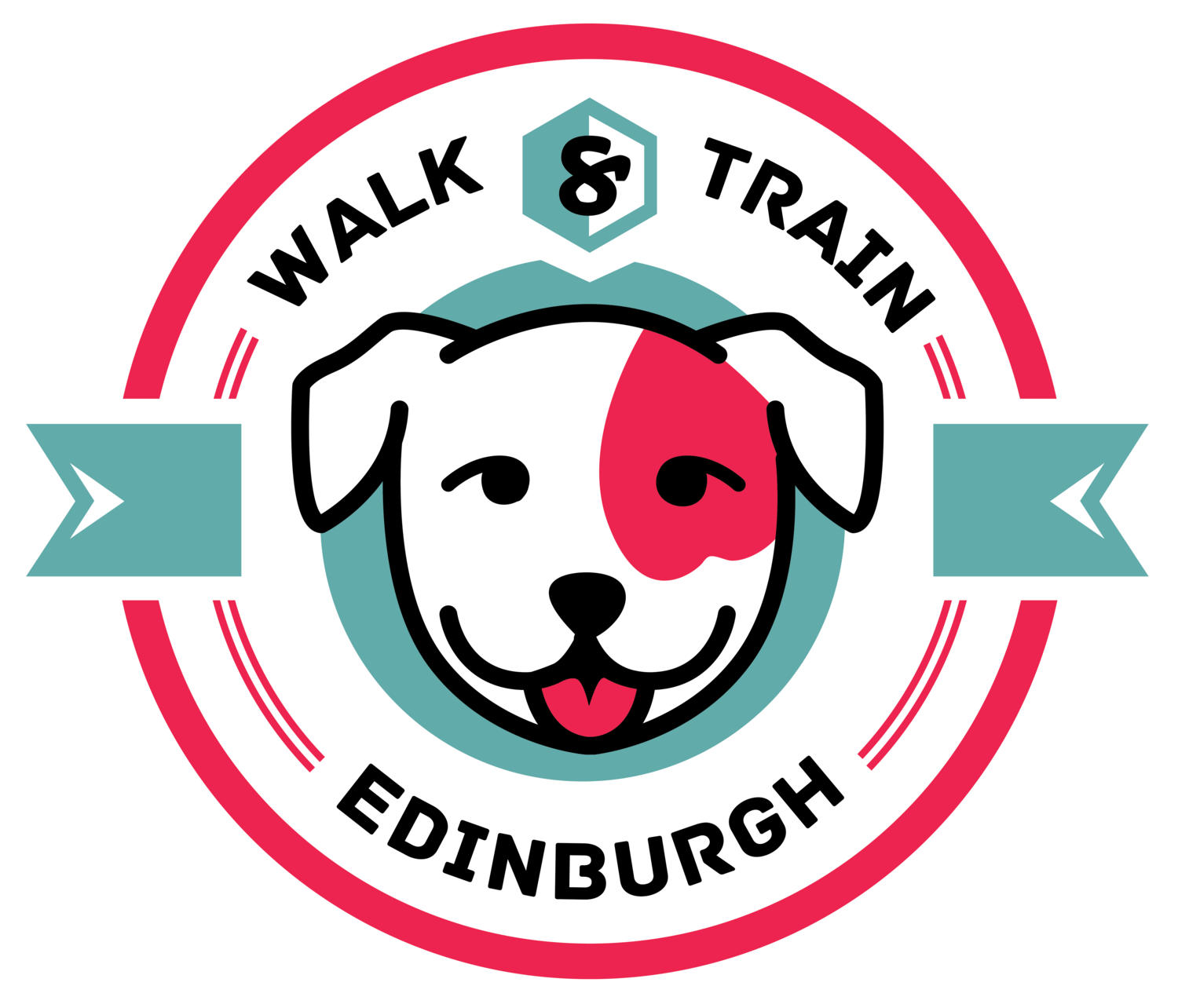Disobedience
Dog owners sometimes complain that their dog doesn’t listen to them. A disobedient dog is not only inconvenient, and at times embarrassing, but can be dangerous to your dog and to others. If your dog doesn’t come when called, it could run away and get hit by a car. If your dog jumps on people, it could knock a small child or an elderly person over.
Here is a check list to troubleshoot your dog’s disobedience and find what aspects of your training might be preventing you from having an obedient dog.
1. Have you taught the dog the behaviour?
For example, if your dog doesn’t come when called, have you taken time out of your day to step-by-step teach your dog what ‘Fido, come!’ means? Unless you are one of the few people to have found an easy dog who will come back to you as soon as they hears their name, regardless of the situation, recall is something that needs to be trained.
2. Were you clear?
How were you using your voice and your body language? Have you been consistent enough for the dog to understand what you are trying to communicate?
3. Is the situation too distracting?
Training needs to be built up gradually. Just because your dog knows a command in your kitchen doesn’t mean it can do it at the park. Practice at home in different rooms, outside your house, on calm streets, and on busier streets to help your dog generalise.
4. How does your dog feel?
On an emotional level, where is your dog? If your dog is too excited, anxious or nervous, it is less likely to listen. Even if your dog would usually pay attention to you in that environment, if they have just greeted a dog or person, or perhaps seen something that made them uncomfortable, your dog might be too distracted. Teach your dog to listen to you, even when it is aroused. If your dog becomes over aroused, cool your dog down a notch or two before you try again.
5. What are your training standards?
If you are in the habit of half-heartedly asking your dog cues, without making sure that they actually do it, you are teaching your dog to be disobedient. If you have a habit of asking your dog to perform a behaviour ten times before it has an effect, you are teaching your dog to be disobedient. Set your standards high and expect the best from your dog and yourself, and your dog’s behaviour will follow.
6. Does your dog have a reason to listen to you?
Do you create meaningful consequences? A negative consequence could be something like a verbal “ah ah” or leash pressure, and a positive consequence could be verbal praise or a food reward. Matching the intensity of the consequence with the dog’s performance makes the consequence meaningful. If you start small, continuously set your dog up for success, and follow the above steps, you can ensure that you do not have a training problem. So that when your dog, after thorough training, gives you the “Oh yeah?” look, you can fairly correct it.

